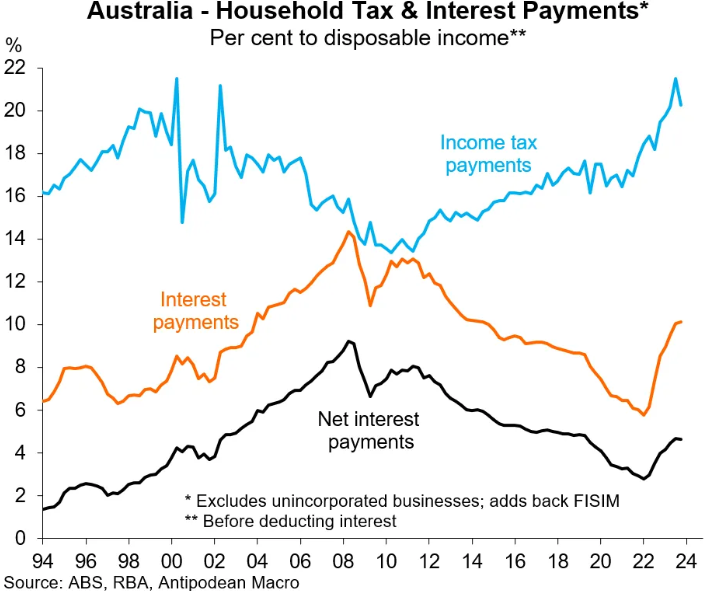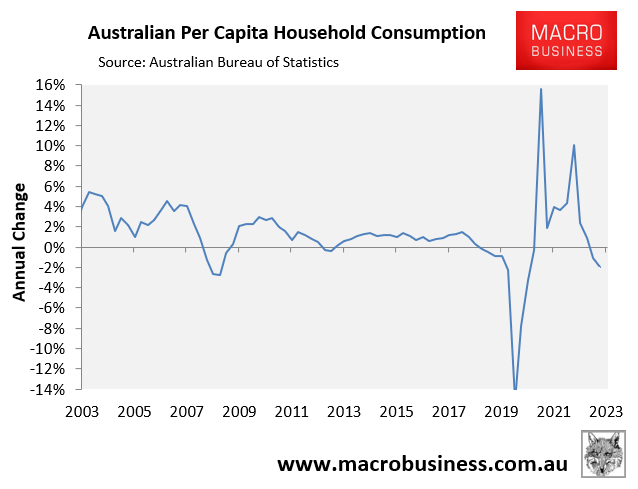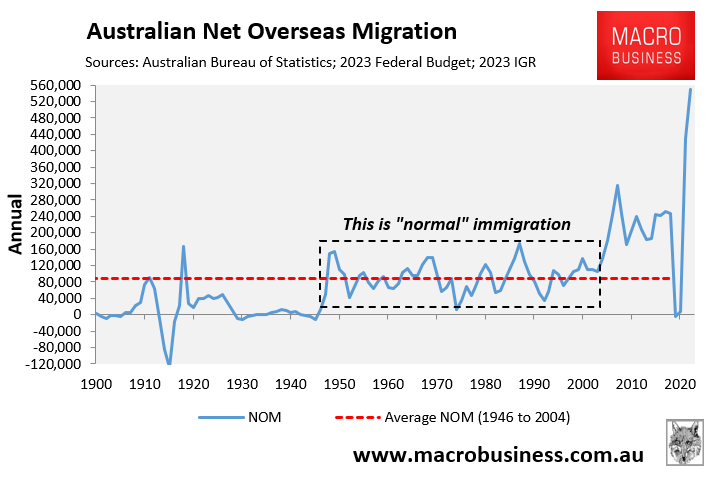Data from the Australian Securities & Investments Commission (ASIC) shows that 502 businesses in the retail sector have gone into administration so far in 2023-24, compared with just 193 during the same period in 2021-22.
Factors such as the cost-of-living crisis and high mortgage interest rates are weighing on consumer spending, with smaller retailers bearing the brunt.

“The pessimism that has dominated the consumer mood for nearly two years now is still showing few signs of lifting”, Matthew Hassan, senior economist at Westpac, said.
“Outside of the deep recession of the early 1990s, this is easily the second-most protracted period of deep consumer pessimism since we began surveying in the mid-1970s”.

National Retail Association CEO Rob Godwin expects more businesses in the sector to collapse in the final months of the financial year. He is calling on the federal government’s budget in May should provide financial assistance for retailers, particularly small and medium-sized businesses.
“Retail trade is suffering. We did a sentiment survey last week which illustrated 77% of those businesses are struggling with operational costs, [and] 44% of businesses are doing less profit than last year”, Godwin, said.
“Retailers are seeing that lack of consumer confidence every day. They’re seeing reduced foot traffic, they’re seeing reduced traffic to their websites, and they’re seeing a reduced spend per customer”.
“So you combine that with the increase in cost of operation, with also the general reduction in spending, and it’s tough”.
The below table from ASIC tells the tale, with insolvencies across retail more than doubling this financial year (to 522) from the same time in 2022 (197):

Still, retail (522) is holding up far better than construction (2,067) and accommodation and food services (1,130), which have recorded much bigger rises in insolvencies.
Nevertheless, retail faces stiff headwinds from plunging household consumption, which fell by 2.5% in 2023 due to stagnant real earnings, rising mortgage rates, and increased income taxes:

Traditional retail also faces stiff structural headwinds from online retailers like Amazon and eBay, which offer greater convenience and price competitiveness.
The only upside for the sector is that the federal government is hell bent on maintaining its mass immigration Big Australia policy, which continues to funnel greater quantities of consumers into Australia, offsetting individual spending cuts.


